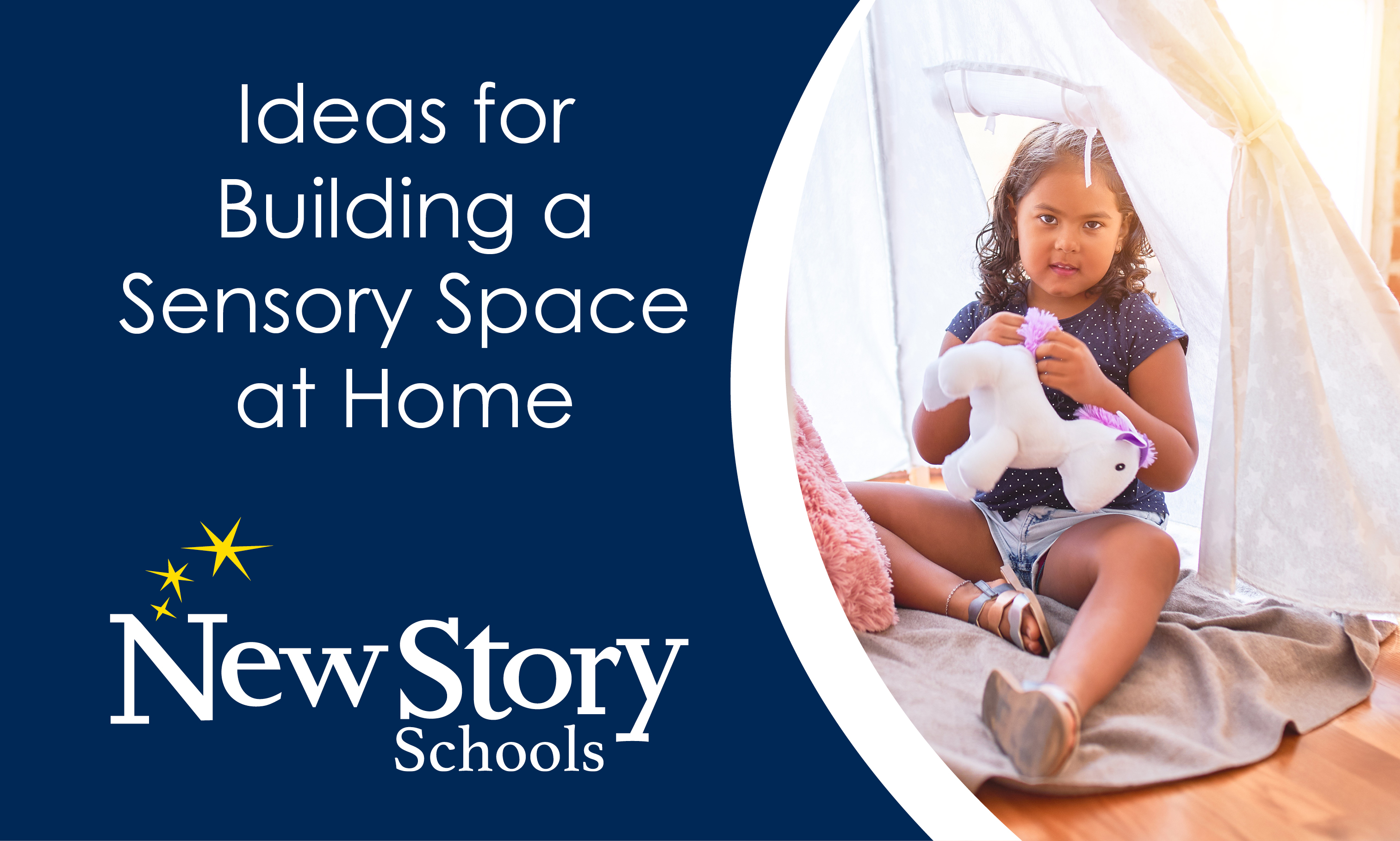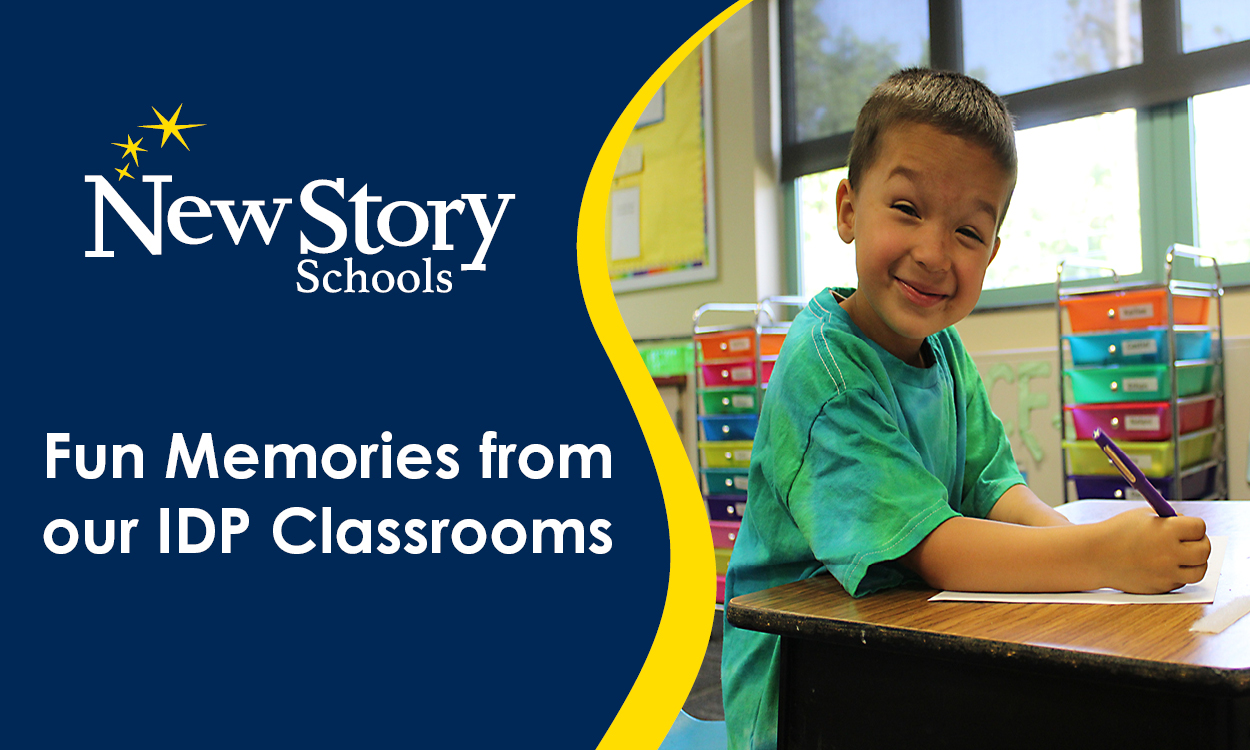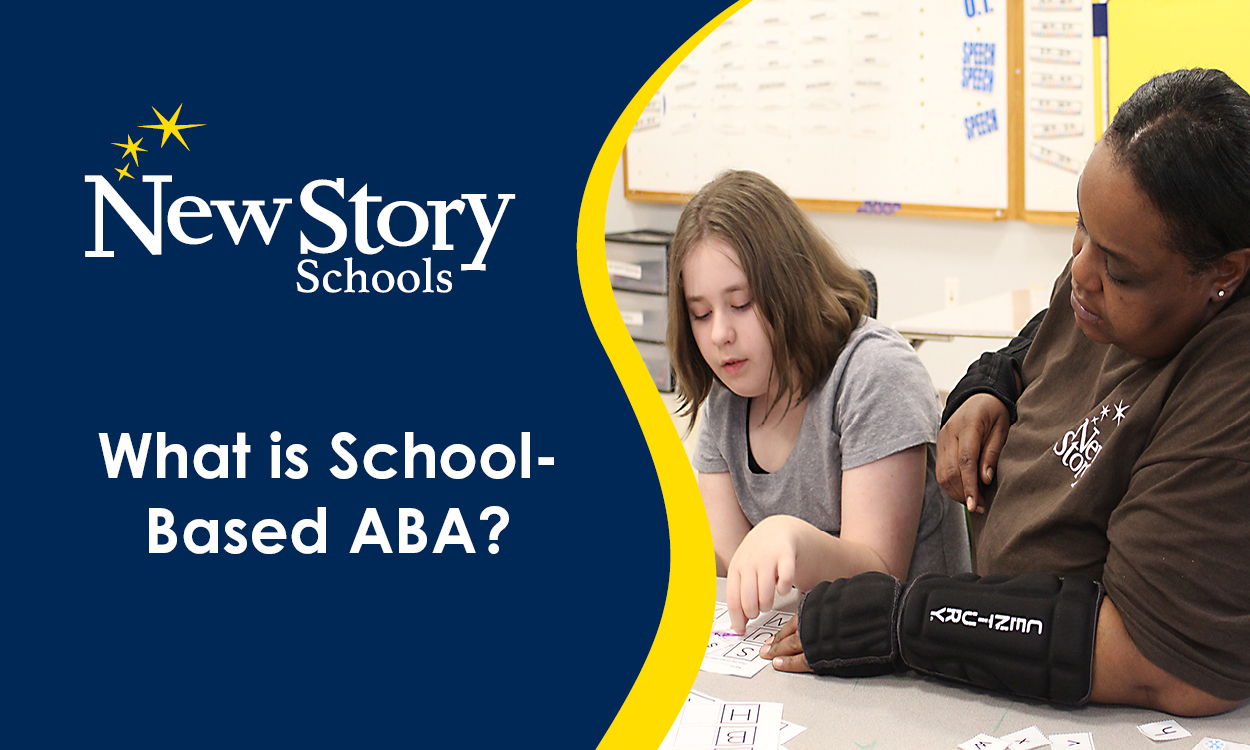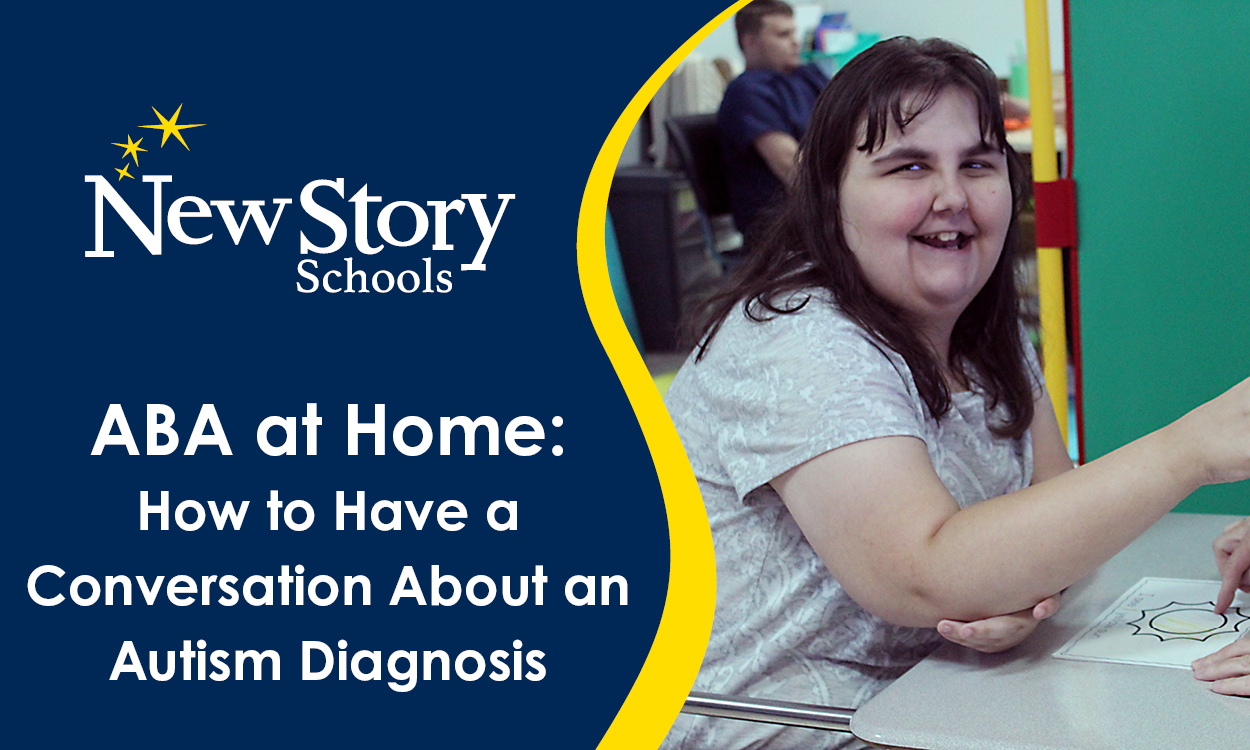Ideas for Building a Sensory Space at Home
Posted: December 07, 2020 | Written By: Patricia O'Reilly-Philippen | Category: Autism Support

Sensory rooms, long known to have tremendous benefits for children who have an Autism Spectrum disorder, are more and more emerging as an important developmental tool for a variety of students. Many private special education and public school facilities have sensory spaces, but they don’t have to be restricted to just schools. Moreover, one does not need an entire room to dedicate to sensory activities or invest a ton of money. You can build a corner or special place for your student, often using many things you would find in your house already, for example: a child’s pop up tent or ‘fort’ made of blankets. You can incorporate pillows or a bean bag. These types of sensory spaces can have a calming effect for your child.
Some Sensory spaces can be more ‘active’ to meet motor and movement needs. Other sensory spaces are designed to be where children can meet their sensory needs within a calming environment.
As you start to build your calming sensory area, think about how items you select can provide experiences that fit the following categories:
Visual Stimulation
Lighting is a big component of any sensory experience. Whichever room or corner you pick for your student, make sure there are options to dim the lights so the space can be dark and quiet. If you’re using a room with a lot of natural light, consider a curtain to separate and block the light. Then, fill your space with other light sources that can be turned on or off depending on need. Try using cool lights (like LEDs) to form a pattern on the wall or find a pattern to make a light box.
Auditory Stimulation
You might already know that bubble tubes are a very popular option for sensory spaces, both because they provide a visual experience, but also sometimes an auditory and tactile one. Particularly if you’re closing off part of another room, consider a small white noise machine or bubble tube that will help block out other sounds and provide calming noises. If you don’t have a separate device, consider a white noise track, nature sounds, or soft music on a phone or tablet that can be out of sight but heard while the student is in the space.
Tactile development
Do you have a little builder on your hands? Your child may already have blocks or other items that could be built into a sensory space to give them an activity. Creating towers or structures and pulling them down is a very tactile activity that is important to a sensory experience. There are also many ideas for sensory bins with items that children can manipulate while in their sensory space. Think about items like crafting pom poms, beans, kinectic sand, fidgets, or small toys. Most of these are low cost but can deliver a big value on stimulation!
Movement and Balance
Particularly in a COVID world, couldn’t we all use some balance? Consider a rocking chair, yoga balls, balance boards, or other items for children to perch on while they are in their space. It can promote calm, and also help develop critical balance skills. Keep in mind that movement activities and balance activities can also have an alerting or arousing effect on your child, so observing your child’s responses in these activities and really all activities to assure that the desired effect is achieved.
There is no shortage of resources online with ideas for sensory play, so search for ideas that fit into your home and budget. Keeping the categories above in mind will help you build a truly meaningful sensory experience.
Want to be notified of new articles and resources from New Story Schools? Submit your email and opt into our newsletter!









